Oxidil 1g Injection:
Oxidil 1g Injection is mostly used in vans.
This is an antibiotic injection.
It can be used in any type of surgery.
Oxidil 1g Injection use:
It is mostly used after surgery to completely heal the wound.
Use this injection if you have leg surgery.
If your baby has an operation, you should get about 6 injections after the operation.
You should get this injection if you have old wounds or old scars on your body.
If you get many injuries on your body and the wound is deep, then you should apply this injection and it will heal quickly.
If you undergo surgery on any part of your body, make sure to use this antibiotic injection, it will heal your wounds quickly.
Use this injection if you have foot surgery.
If you develop a rash in your nose or ear and undergo surgery, you should use this injection for 3 days afterwards.
If you have old scabies on your body and get big pimples, then you should use it and it will heal quickly.
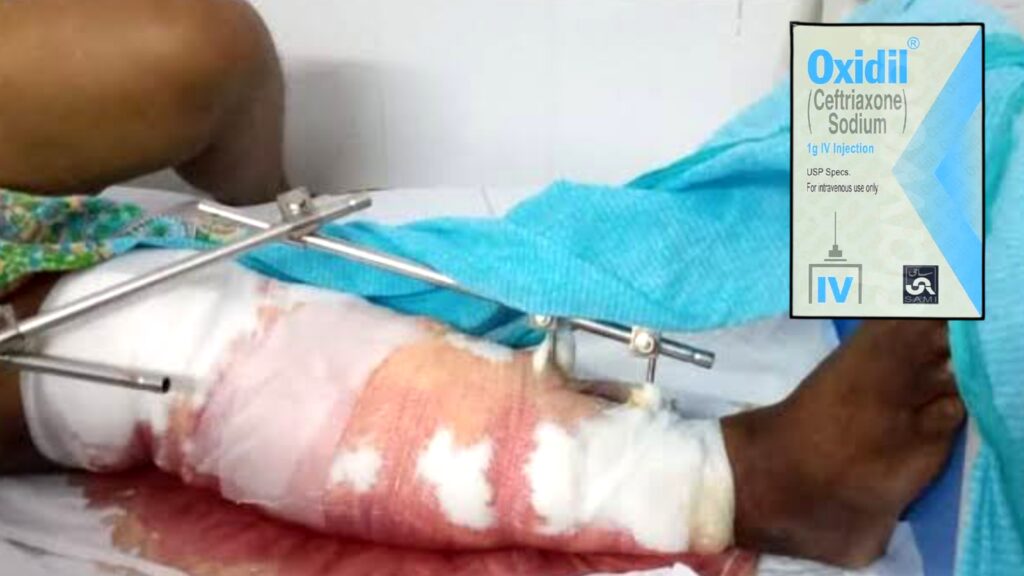
Oxidil 1g Injection Side effects:
Overuse can cause weakness.
Overuse of this injection weakens the bones.
Inject this into the veins very slowly as this may cause irritation.
Give this injection very slowly into the veins, it may induce vomiting.
Inject this into the veins very slowly as it may cause dizziness.
Oxidil 1gm Injection is very hard and hot, it causes dryness on the body.
After using this injection, the mouth starts to become dry.
Its strength is 250 mg per injection for children, 500 mg for adults, and 1g for adults.
Take long breaths while using it.
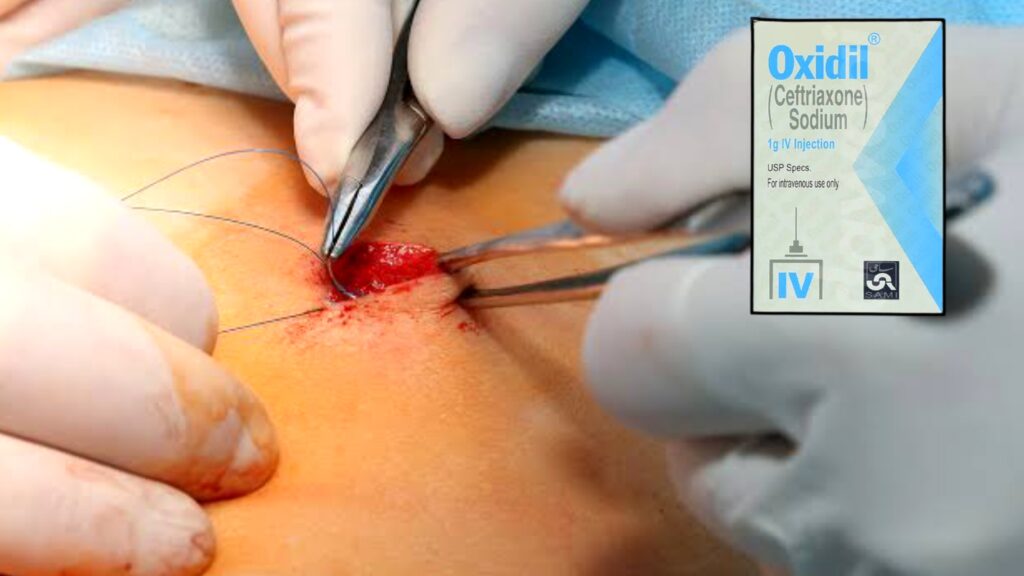
Ceftriaxone:
Ceftriaxone is a broad-spectrum antibiotic commonly used to treat a variety of bacterial infections. Here are 20 lines detailing its uses, mechanism of action, side effects, and other relevant information.
1.Ceftriaxone belongs to the class of antibiotics known as cephalosporins, which are effective against a wide range of bacteria.
2.It is administered via injection, typically intravenously or intramuscularly, due to its poor oral absorption.
3.Ceftriaxone is commonly used to treat infections such as pneumonia, meningitis, gonorrhea, and abdominal infections.
4.Its mechanism of action involves inhibiting bacterial cell wall synthesis, leading to cell death.
5.The drug has a long half-life, allowing for once-daily dosing in most cases.
6.Ceftriaxone is often preferred in serious infections due to its broad spectrum of activity and high tissue penetration.
7.It is considered safe for use in pregnant women and children, although dosage adjustments may be necessary.
8.Common side effects include diarrhea, nausea, vomiting, and rash.
9.Rare but serious side effects may include allergic reactions, severe diarrhea (pseudomembranous colitis), and kidney problems.
10.Ceftriaxone can interact with other medications, such as certain blood thinners, leading to increased risk of bleeding.
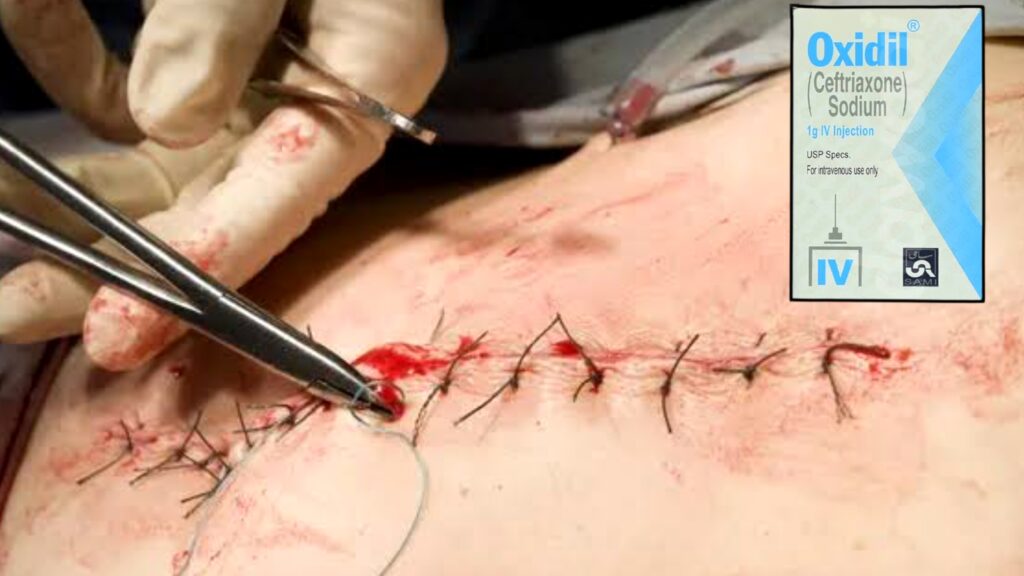
11.It should be used with caution in individuals with a history of allergies to cephalosporins or penicillins.
12.Ceftriaxone is often used empirically in hospital settings for suspected bacterial infections until specific pathogens are identified through culture and sensitivity testing.
13.It is also used for surgical prophylaxis to prevent post-operative infections.
14.Ceftriaxone is not effective against infections caused by viruses, such as the common cold or flu.
15.In some cases, ceftriaxone may be combined with other antibiotics to enhance its spectrum of activity.
16.Resistance to ceftriaxone is a growing concern globally, highlighting the importance of appropriate antibiotic use and stewardship.
17.Overuse or misuse of ceftriaxone can contribute to the development of antibiotic resistance.
18.Before prescribing ceftriaxone, healthcare providers should consider the local prevalence of antibiotic-resistant bacteria and susceptibility patterns.
19.Ceftriaxone should be used for the full course prescribed, even if symptoms improve before completion, to prevent the development of resistance.
20.Overall, ceftriaxone is a valuable tool in the fight against bacterial infections, but its use should be judicious to preserve its effectiveness for future generations.
These points provide an overview of ceftriaxone’s uses, mechanisms, and considerations for its clinical application.
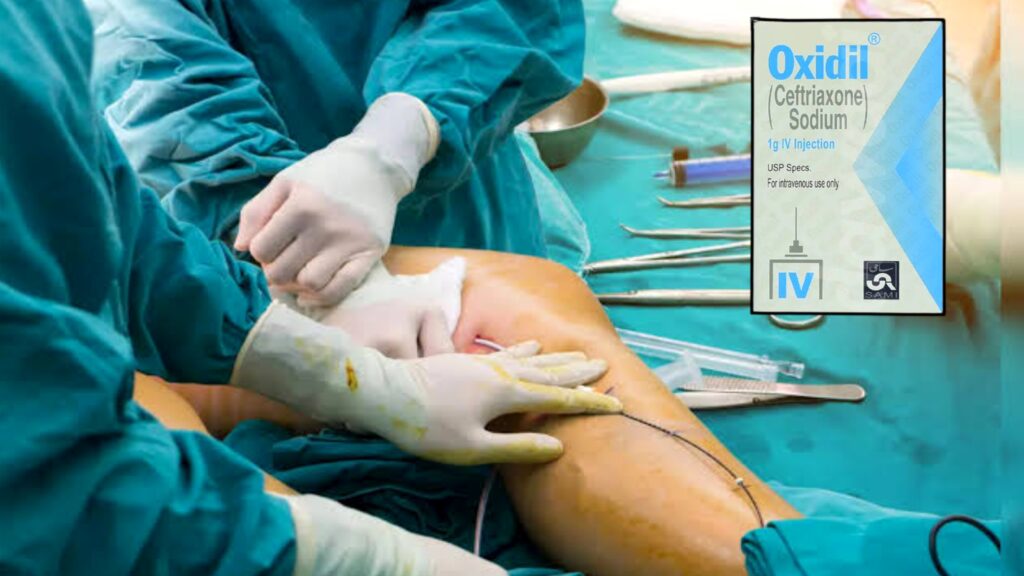
| Advantages | Disadvantages |
| 1.Eliminates infection. | 1.Can be panic. |
| 2.Heals the wound quickly. | 2.May cause dizziness. |
| 3.Dries the wound quickly. | 3.Vomiting may occur. |
Table of Contents
See our other Post
See our other Site
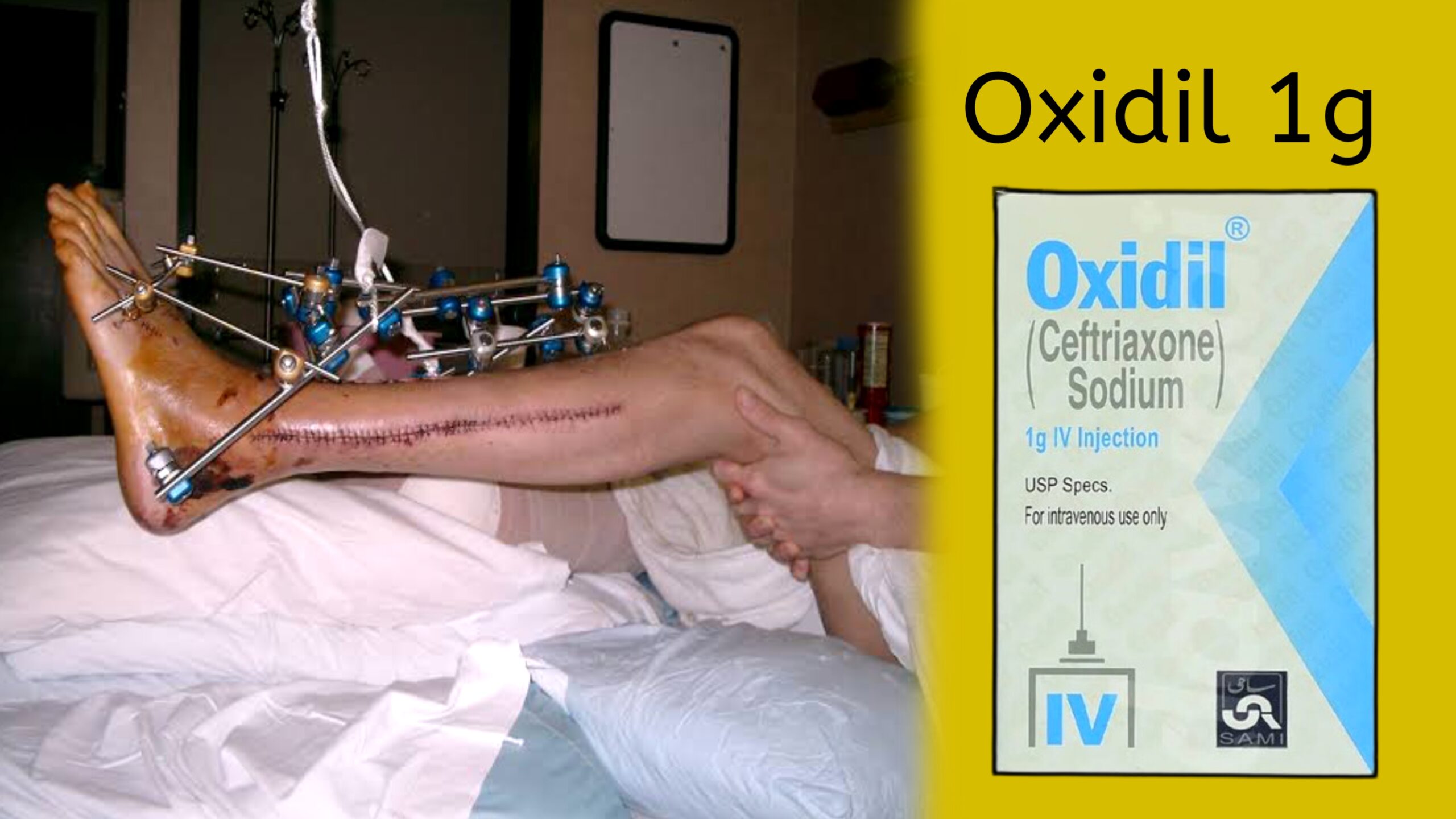
1 thought on “Oxidil 1g Injection (Ceftriaxone Sodium) Very Useful”